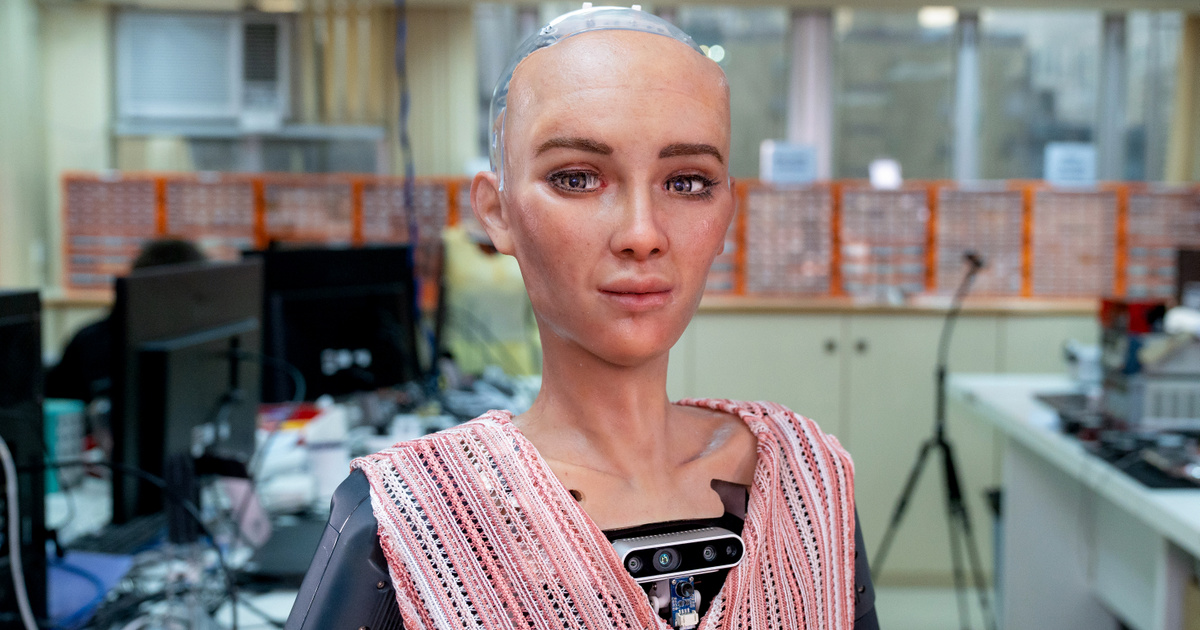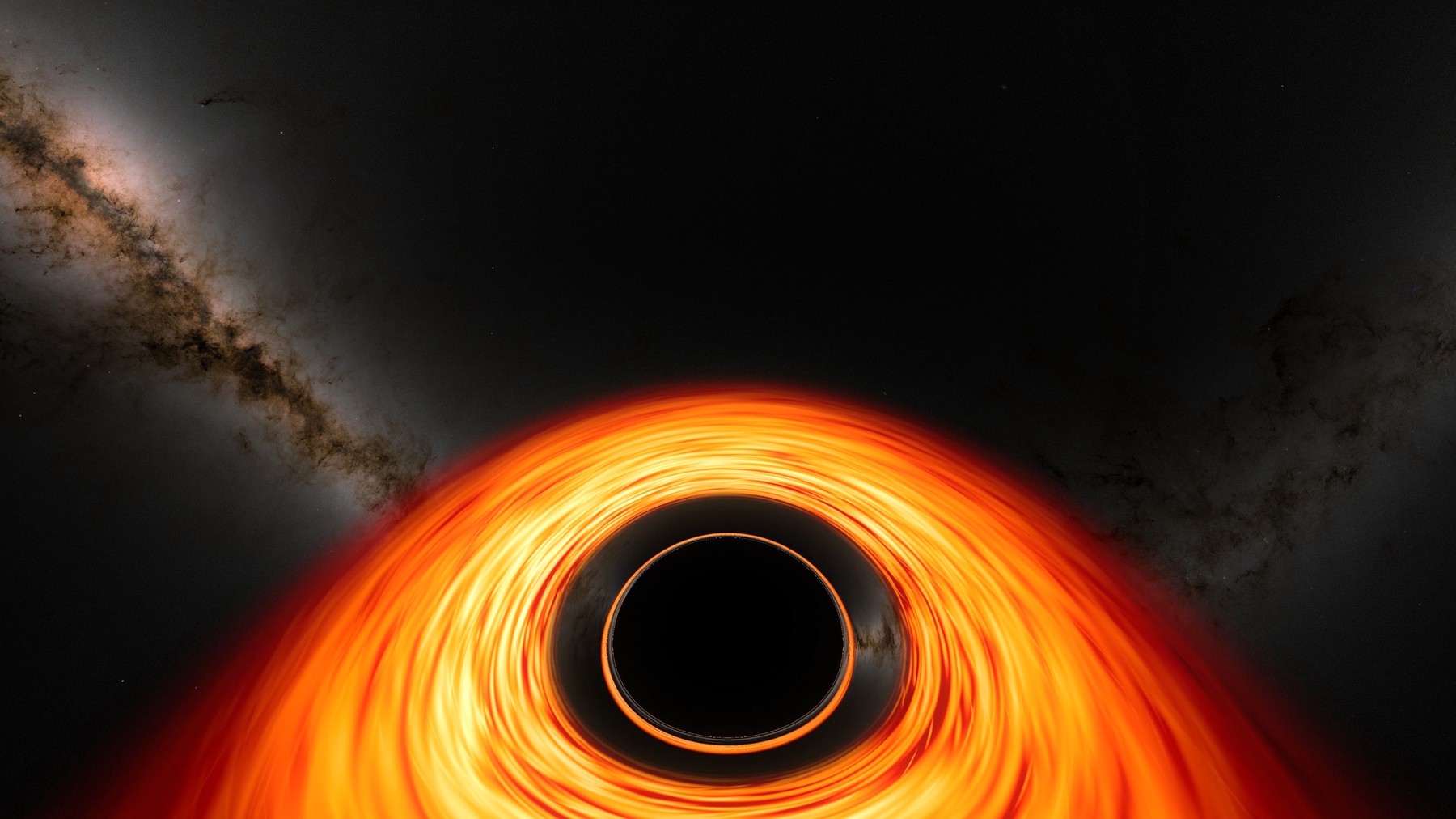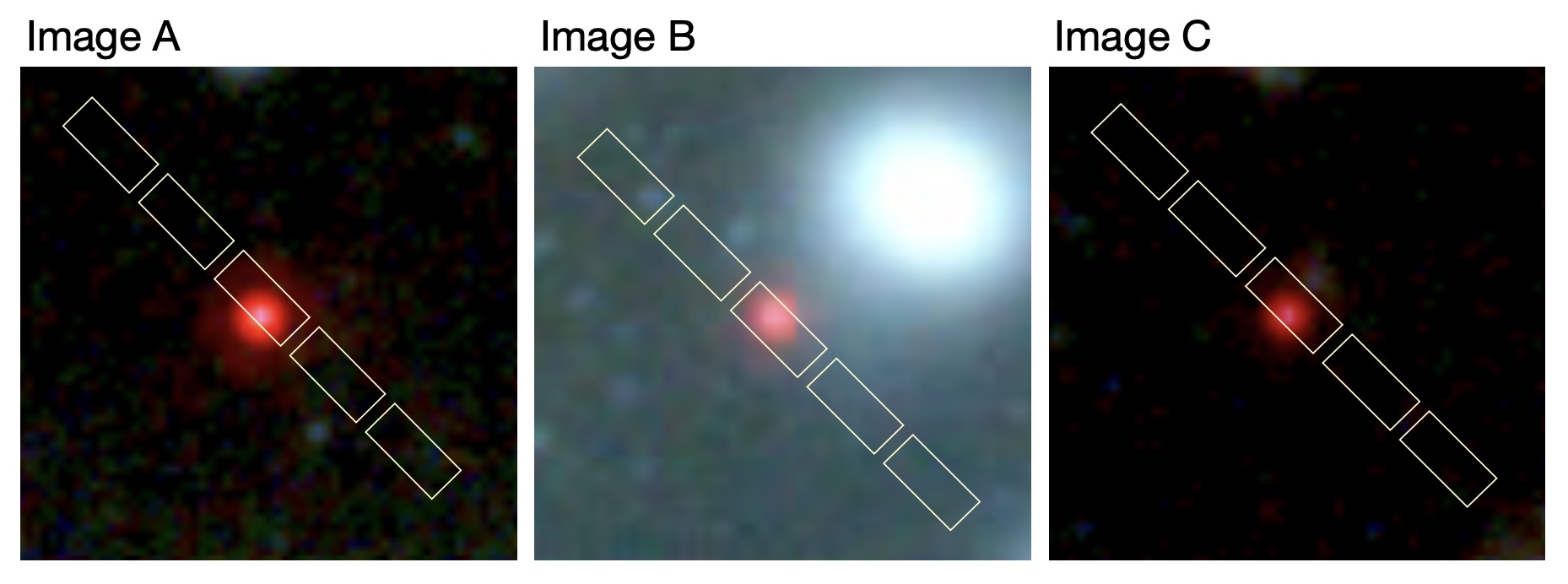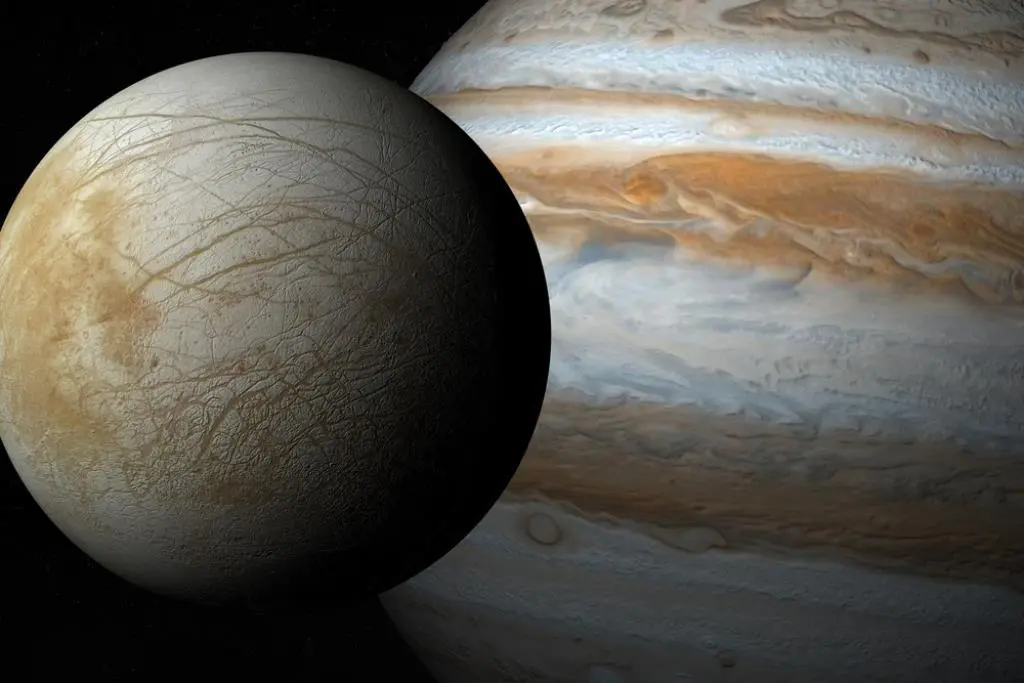In an extraordinary discovery, scientists have observed a unique cosmic ray in Utah, offering new insights into the universe’s most powerful phenomena. This cosmic ray, believed to have originated beyond the Milky Way galaxy, stands as a significant milestone in astrophysics, challenging our understanding of the cosmos.
The Discovery of the Amaterasu Particle
The Telescope Array in Utah’s West Desert, operational since 2008, played a pivotal role in this discovery. This extensive facility, equipped with 507 detectors, captured an ultra-high-energy particle now named the Amaterasu particle, after the Japanese sun goddess. Detected on May 27, 2021, this particle surpasses most previously observed cosmic rays in energy, second only to the famed Oh-My-God particle of 1991.
Understanding Cosmic Rays
Cosmic rays are charged particles that perpetually bombard Earth. While low-energy cosmic rays often originate from our Sun, high-energy variants like the Amaterasu particle are much rarer and are thought to emanate from extragalactic sources. Their origins are linked to the universe’s most energetic events, involving phenomena like black holes and gamma-ray bursts.
The Significance of High-Energy Cosmic Rays
The energy carried by these cosmic rays is immense, vastly exceeding anything achievable by human-made particle accelerators. For instance, the Large Hadron Collider, the most powerful of such accelerators, pales in comparison to the natural forces propelling these cosmic particles
The Mystery of Their Source
Despite extensive research, the source of such high-energy cosmic rays remains a mystery. The trajectories of these particles, including the Amaterasu particle, do not point back to any known high-energy cosmic events. In fact, the Amaterasu particle appears to have originated from the Local Void, an empty expanse of space, intensifying the enigma.
Potential Impacts and Risks
While Earth’s atmosphere shields us from the direct impact of these particles, they can still affect technology and pose risks to astronauts. Cosmic rays can cause glitches in computers and potentially harm cellular structures in human beings, especially in space.
Future Research and Expansion of the Telescope Array
The expansion of the Telescope Array will be a significant step forward. With 500 new detectors, it will cover an area nearly the size of Rhode Island, significantly enhancing our capability to track and study these cosmic mysteries.
Conclusion
The detection of the Amaterasu particle in Utah marks a groundbreaking moment in space science. It challenges our understanding of cosmic phenomena and opens new avenues for research into the universe’s most powerful events. As technology advances and our observational capabilities expand, we inch closer to unraveling these cosmic mysteries, potentially unlocking secrets of the universe that have long eluded us.











































